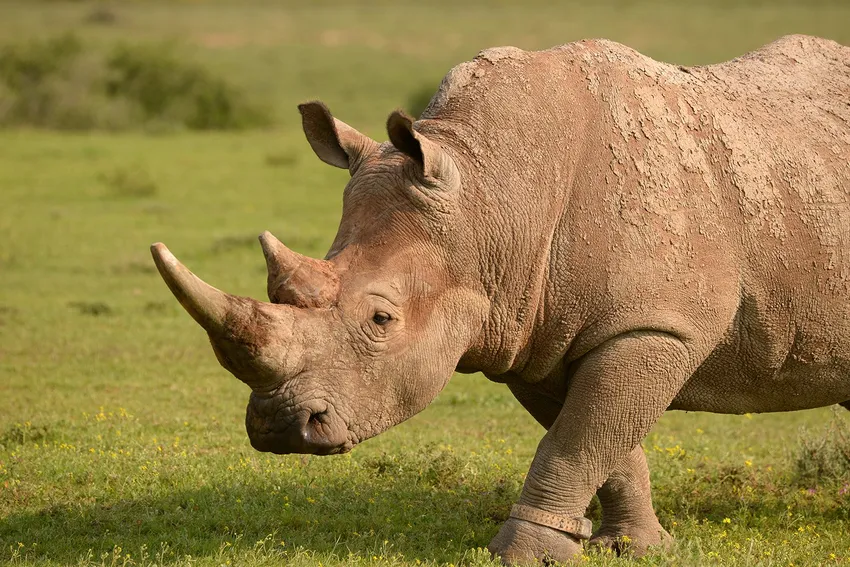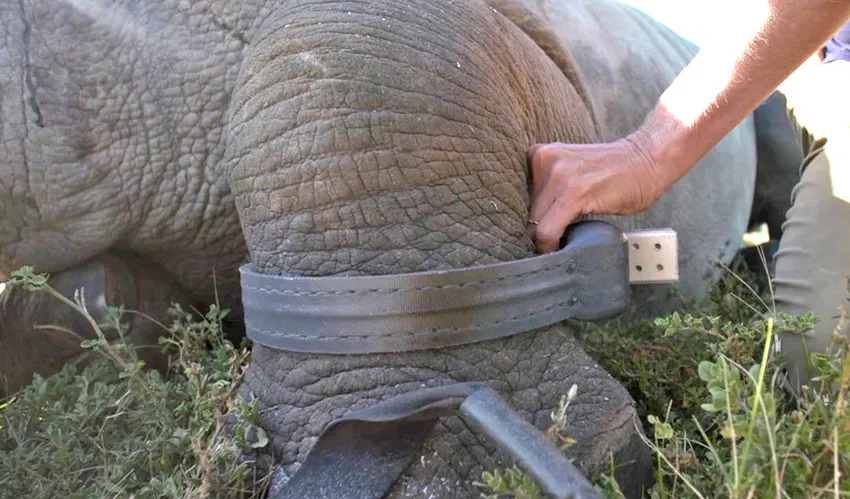Poaching of rhino remains a significant threat across South Africa with 1 rhino being killed every single day. Technology is key to enable anti-poaching teams to stay one step ahead and LORA tracking devices not only serve to protect but also provide real-time insight into wildlife behaviour.
Categories
Beneficiaries
South Africa is home to over 70% of the world’s rhino and is also the global epicentre of rhino poaching. Following the emergency mass dehorning of rhino on the Hluhluwe-iMfolozi Park in 2024, the Eastern Cape is now home to the largest population of horned rhinos in South Africa, making them an inevitable target for poachers. Collaborative data intelligence has highlighted that the Eastern Cape rhino population is at far greater risk to poachers than at any time in the last decade.
Tracking rhino is an essential step forward in the conservation of this critically endangered species. A LORA tracking device learns the ‘typical behaviour’ of the animal it is fitted to. For example, if an animal is running more than it would normally do, this would indicate there is a threat. This early alert systems allow anti-poaching teams to be mobilised quickly and efficiently to find these rhino in challenging circumstances often preventing shocking deaths by illegal poachers.

